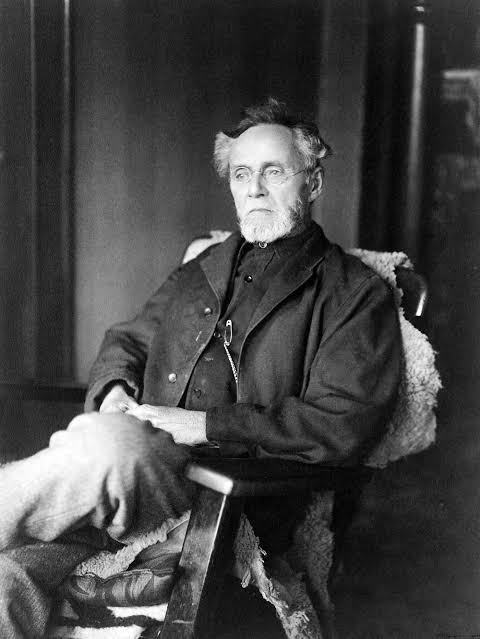Andrew Taylor : History Of Osteopathic MedicineAndrew Taylor Still was living in Kansas and practicing medicine when he developed his philosophy on osteopathic medicine. He cared for settlers and Native Americans in his frontier practice. During this time, he faced many epidemics, including cholera, smallpox, diphtheria, malaria, and tuberculosis. After three of his children died from spinal meningitis, he decided that there had to be a better way to practice medicine and care for his patients. Although common today, one of Still’s basic premises was that of preventive health and living a healthy lifestyle. He believed in the body’s inherent ability to heal itself. Over time, Still developed methods that allowed him to practice medicine with little, if any, use of drugs.
 Still eventually settled in the town of Kirksville, Missouri, where he set up shop as a local physician. Soon patients were traveling from around the country to see him. One of his treatment methods was manipulation, which he developed to improve his patient’s circulation and to correct altered body mechanics. As his reputation grew, the need for more physicians trained in his philosophy became evident. In 1892, Still opened the American School of Osteopathy in Kirksville, Missouri. The first graduating class had 18 students, including five women. By 1897, the school had 280 students from around the United States, and even had two from Canada. Today there are 29 osteopathic medical schools around the United States including two in Missouri. The Kansas City University of Medicine and Biosciences-College of Osteopathic Medicine (KCUMB-COM) is the largest medical school in Missouri and one of the largest in the Midwest. The A.T. Still University-Kirksville College of Osteopathic Medicine (ATSU-KCOM) remains the oldest of the osteopathic medical schools. Still eventually settled in the town of Kirksville, Missouri, where he set up shop as a local physician. Soon patients were traveling from around the country to see him. One of his treatment methods was manipulation, which he developed to improve his patient’s circulation and to correct altered body mechanics. As his reputation grew, the need for more physicians trained in his philosophy became evident. In 1892, Still opened the American School of Osteopathy in Kirksville, Missouri. The first graduating class had 18 students, including five women. By 1897, the school had 280 students from around the United States, and even had two from Canada. Today there are 29 osteopathic medical schools around the United States including two in Missouri. The Kansas City University of Medicine and Biosciences-College of Osteopathic Medicine (KCUMB-COM) is the largest medical school in Missouri and one of the largest in the Midwest. The A.T. Still University-Kirksville College of Osteopathic Medicine (ATSU-KCOM) remains the oldest of the osteopathic medical schools.As a youngster in Virginia, Still’s father had been a traveling preacher. Left alone with the children for long periods of time, Still’s mother ran the household and, in doing so, often had to do “men’s work.” A.T. Still always remembered this, and it fostered his belief that women could do anything men could do. It was this philosophy that led him to open the doors of his school and encourage women to join the physician community. Today women account for almost 50% of all osteopathic medical students. Dr. Barbara Ross-Lee became the first African-American woman to be appointed dean of a U.S. medical school when she was named such at the Ohio University of Osteopathic Medicine.
Today osteopathic physicians practice alongside their MD colleagues. However, this was not always the case. Osteopathic medicine faced the same skepticism as most new philosophies and ideas. DOs struggled to gain the same practice rights as MDs in every state. In 1903, Michigan became the earliest state to pass unlimited practice rights for osteopathic physicians. It was not until 1989, when Nebraska passed legislation, that all fifty states allowed DOs to practice with the same unrestricted license as MDs. Since this time, the profession has continued to grow at great rates. With their emphasis on primary care, preventive medicine, and a willingness to practice in the most under-served areas of the country, the osteopathic profession is expected to continue to grow over the next generation. It is estimated that 20% of all physicians will be DOs by 2020.
|

